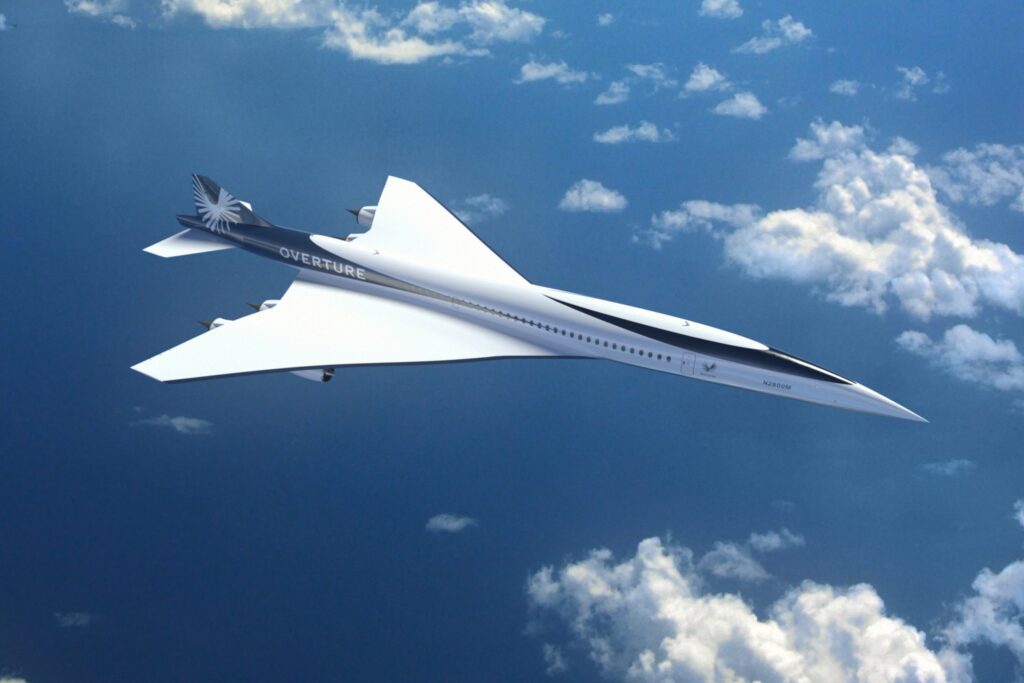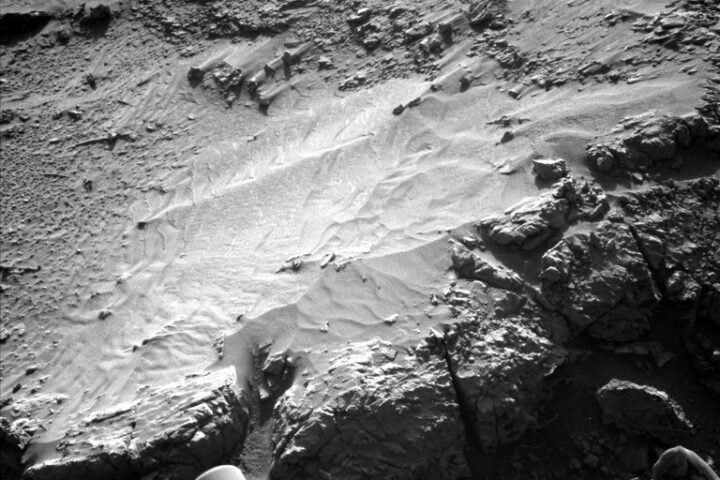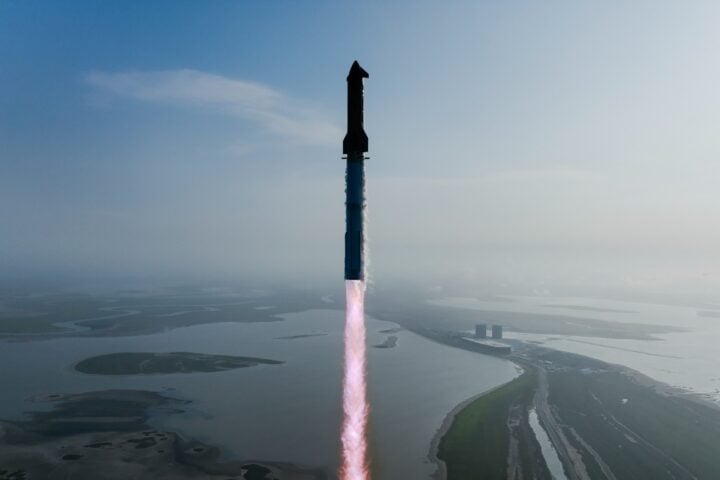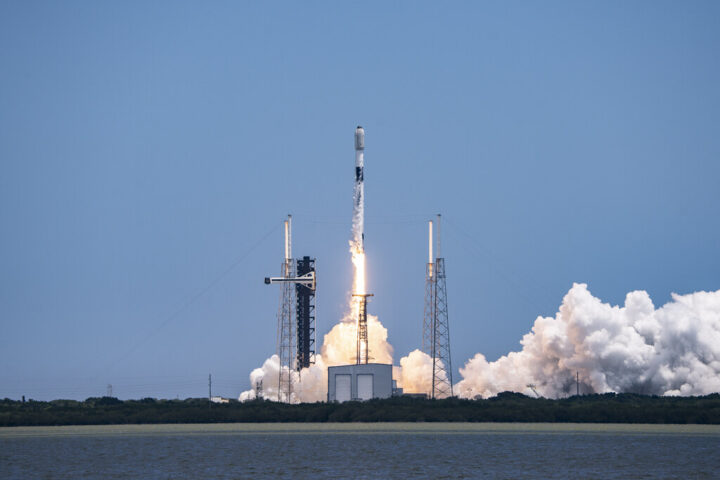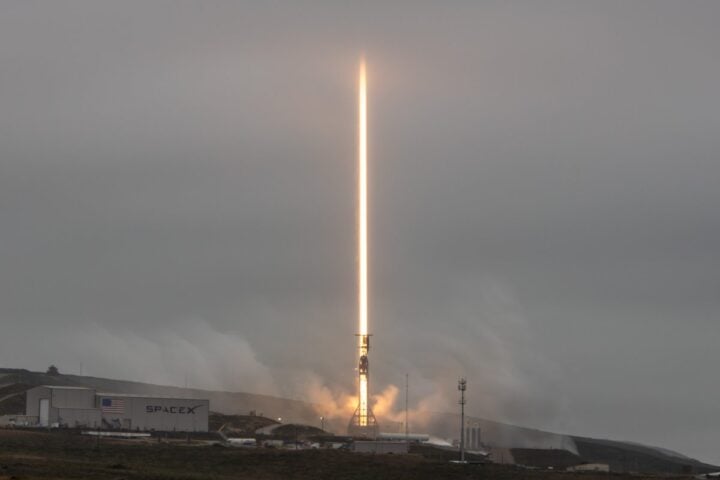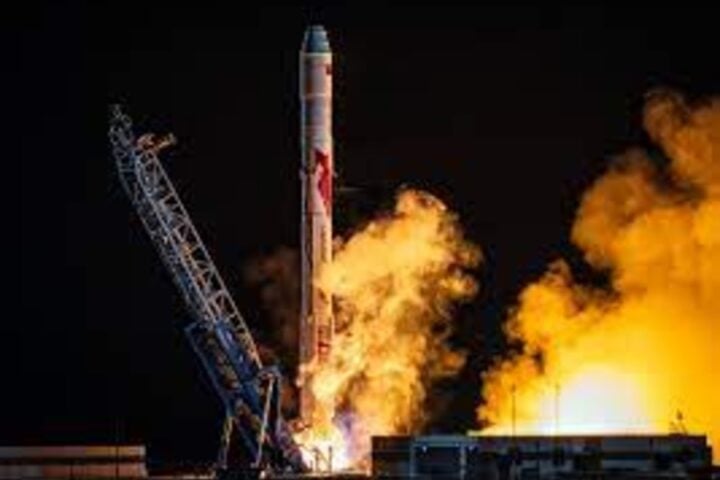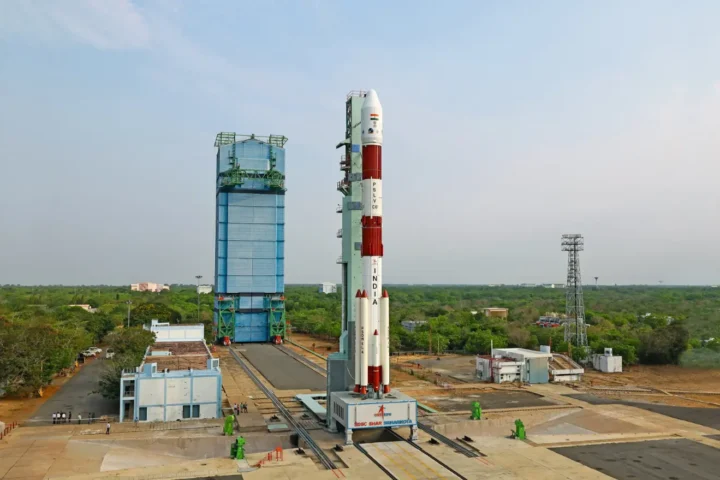Airbus has unveiled a new concept space habitat called the LOOP. The LOOP is designed to be more spacious and comfortable than existing space stations. The orbital module features three customizable decks connected by a tunnel and an integrated greenhouse.
The habitat is designed for a crew of four but can be adjusted to accommodate up to eight people. It is 26 feet wide and can fit into the fairing of upcoming superheavy launchers. The International Space Station is nearing the end of its service and successor stations are being planned.
The LOOP is Airbus’ proposal for a Multi-Purpose Orbital Module (MPOP). The module contains three decks and a centrifuge to simulate gravity. The LOOP is designed to make long-term stays in space comfortable and enjoyable for its inhabitants.
It can support efficient and sustainable operations in low-Earth or lunar orbit or on long-term missions to Mars. The interior design consists of a Habitation Deck, a Science Deck, and a Centrifuge deck. The Habitation Deck is essentially a “common area” with large windows and exercise equipment.
The Science Deck has multiple computer terminals and an airlock for extra-vehicular activities. The Centrifuge consists of two weights and two crew pods that simulate gravity. The LOOP is compatible with all crew and cargo vehicles currently in service and in development.
It could be integrated into the Lunar Gateway or act as the habitation module of the proposed Deep Space Transport. Multiple LOOP modules can be combined to create a full space station. The concept space habitat offers more internal space to its occupants than existing space stations.
The LOOP could be ready to fly in the early 2030s. Airbus previously led the consortia that built the European Columbus module of the International Space Station and the Automated Transfer Vehicle. LOOP builds on the company’s long history of human spaceflight programs.

